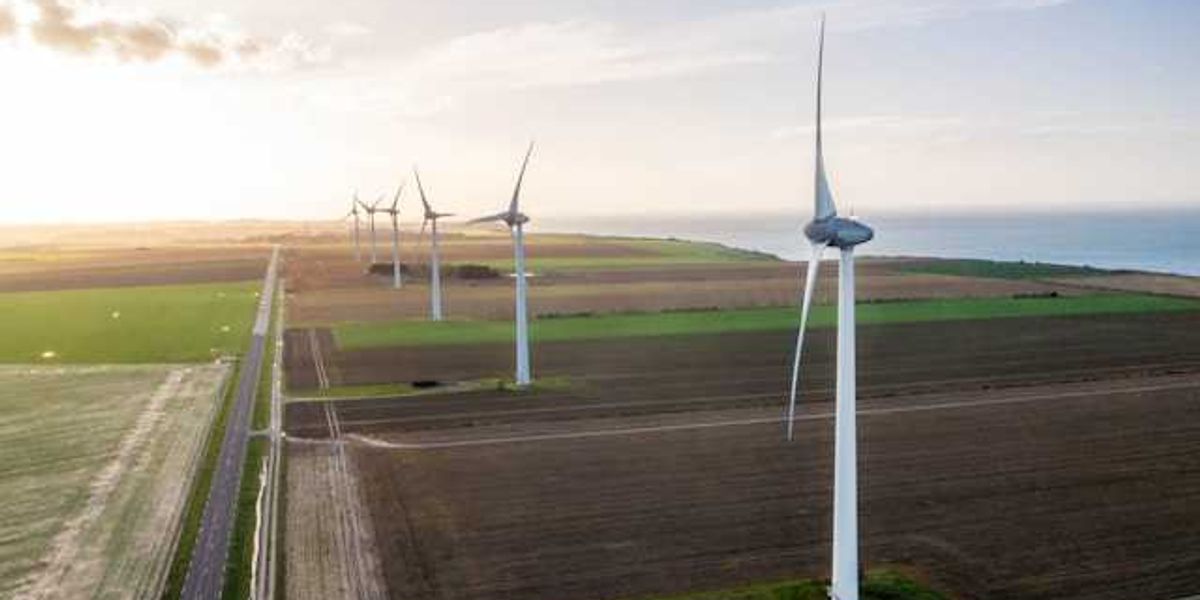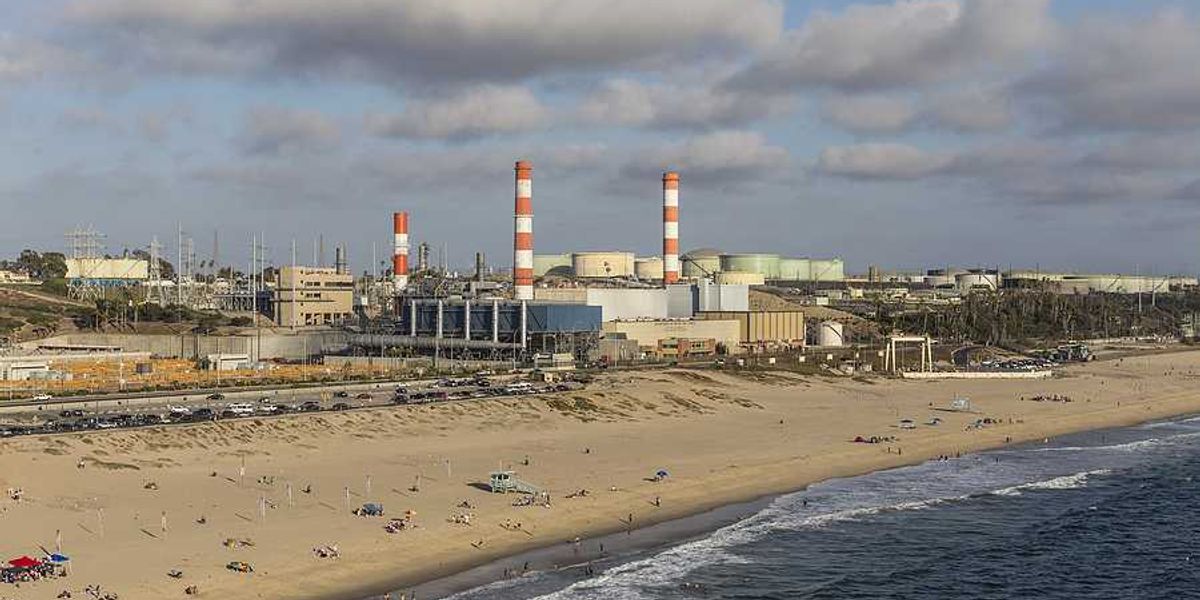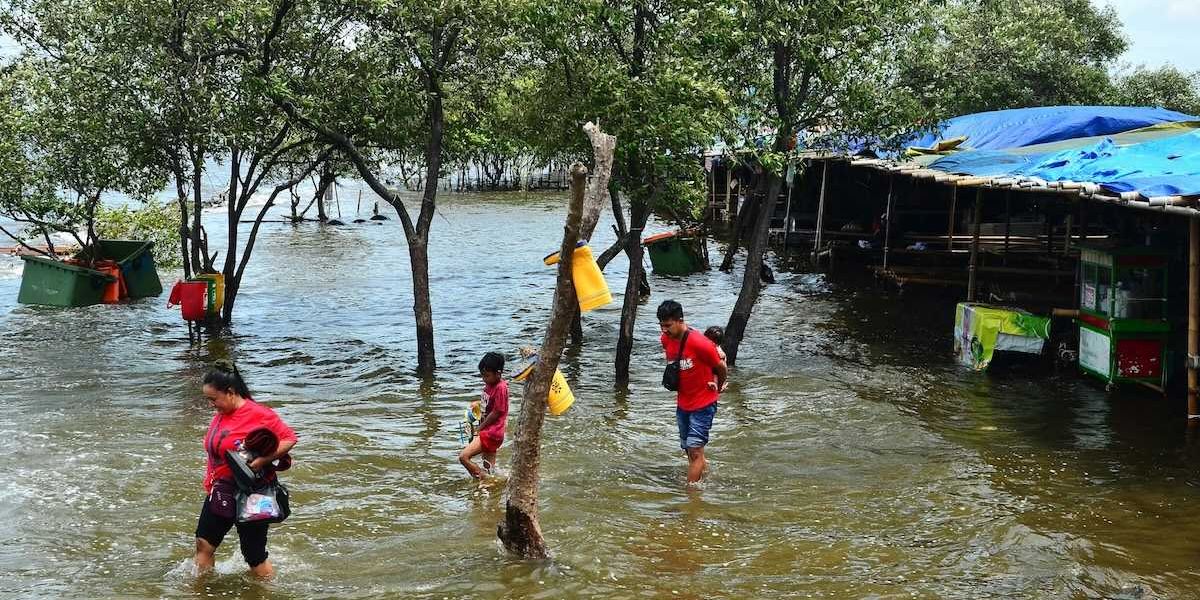06 August 2024
Neonicotinoid restrictions aim to save New York's native pollinators
The "Birds and Bees" Act restricts neonicotinoid pesticides in New York as 60% of the state's native pollinators face the risk of extinction due to habitat loss, climate change and pesticide use.
Rebecca Raney reports for U.S. Right to Know.
In short:
- The Empire State Native Pollinator Survey discovered that 60% of native pollinators in New York are at risk of extinction. The survey identified 20 species per group of pollinators that had not been seen in New York in over 50 years.
- The "Birds and Bees" Act, enacted in 2023, restricts neonicotinoid use in New York, making it the first U.S. state to limit these insecticides on seeds.
- More than 200 citizen scientists contributed to a large-scale study identifying over 34,000 specimens, helping map pollinator populations across New York.
Key quote:
"The movement to not have a sterile green lawn has really picked up steam...and I think those are really critical things for improving pollinator health."
— Matthew Schlesinger, chief zoologist, New York Natural Heritage Program
Why this matters:
Pollinators are essential for biodiversity, ecosystem health and agriculture. Addressing threats to pollinators, such as pesticide use, can help protect these critical species and ensure the stability of food systems and natural habitats.













